The Maryland Zoo in Baltimore is thrilled to announce the addition of a four-year-old Southern white rhino (Ceratotherium simum) to the African Watering Hole section of the Zoo. Jaharo joins the Zoo as a companion to Stubby, the Zoo’s 22-year-old rhino.
Jaharo was born at The Wilds, a private, non-profit conservation center in Cumberland, Ohio on September 28, 2012. He was born out on pasture during the visitor season, and spent the next three years growing up in the white rhino herd. Jaharo was transferred to The Maryland Zoo in November of 2016, to fulfill a recommendation from the Association of Zoos and Aquariums (AZA) White Rhino Species Survival Plan (SSP) to provide Stubby with a companion. Jaharo is a third generation birth at the Wilds.
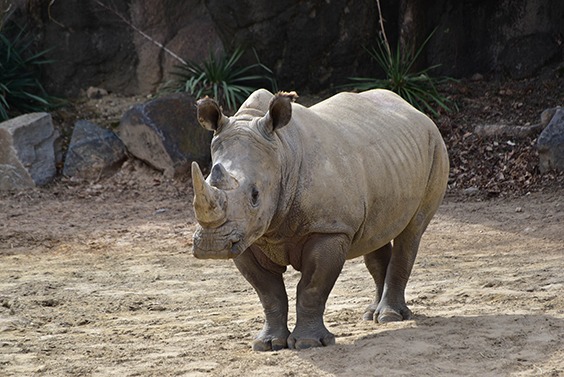
There are two subspecies of white rhino, both of which are critically endangered. Southern white rhinos live almost exclusively in the country of South Africa. Northern white rhinos were formerly found in several countries in east and central Africa but there are very few left in the wild and only a handful in zoos. Both subspecies inhabit grassland and savannah habitat.
White rhinos are not, in fact, white. In Afrikaans, a Dutch-based language spoken in many parts of southern Africa where the white rhino lives, the word for wide is “wiet.” Afrikaans speakers referred to the rhino as “wiet” because of its unusually wide, squared-off upper lip. When English speakers moved to South Africa, they apparently misinterpreted what Afrikaans speakers were saying. They thought that the Afrikaans speakers were calling the rhinos “white” when in fact they were saying “wide.”
Initial introductions with the zebra and the ostrich are being conducted; however Jaharo and Stubby have not yet been introduced physically to one another. They can hear and smell each other in the barn, and will be slowly introduced at first behind the scenes and eventually in the Watering Hole. For the time being, Jaharo can be seen from 10:00 am until lunchtime in the African Watering Hole.
The Maryland Zoo has housed rhinos since the African Watering Hole opened in 1992.

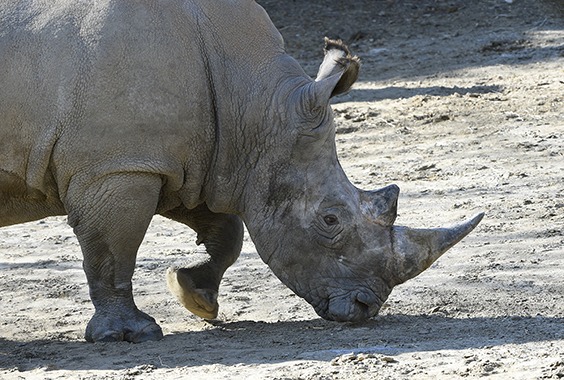
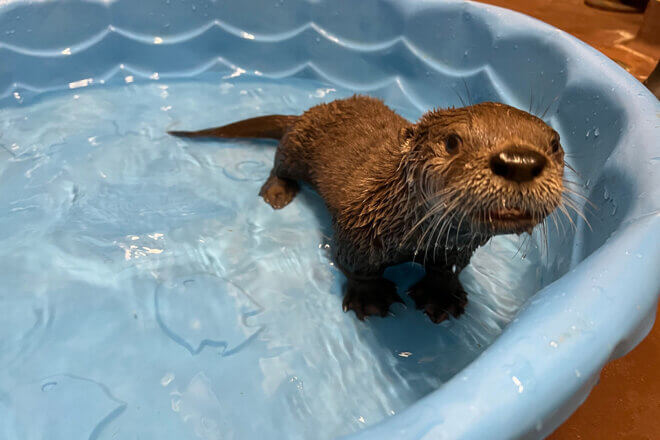
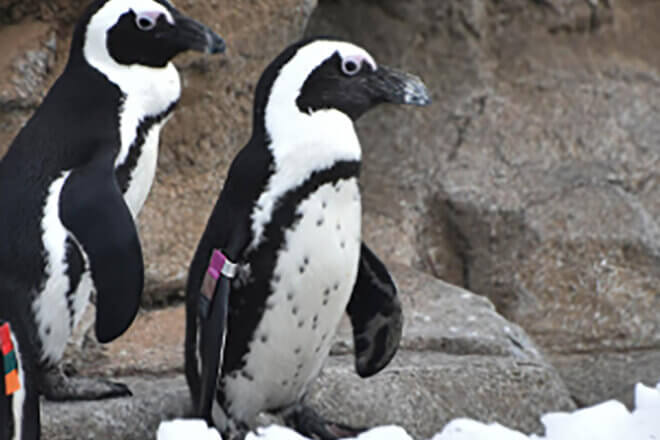
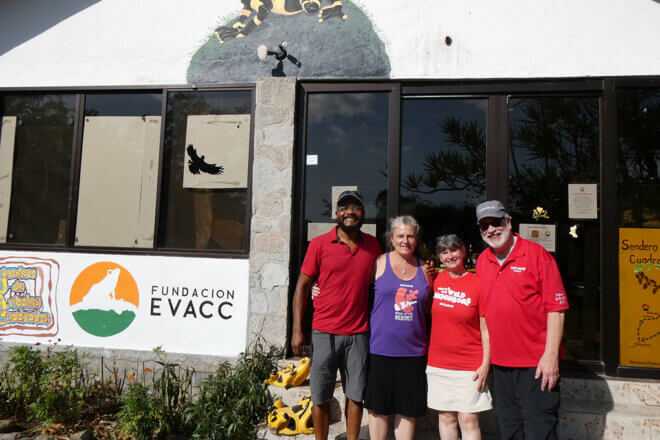
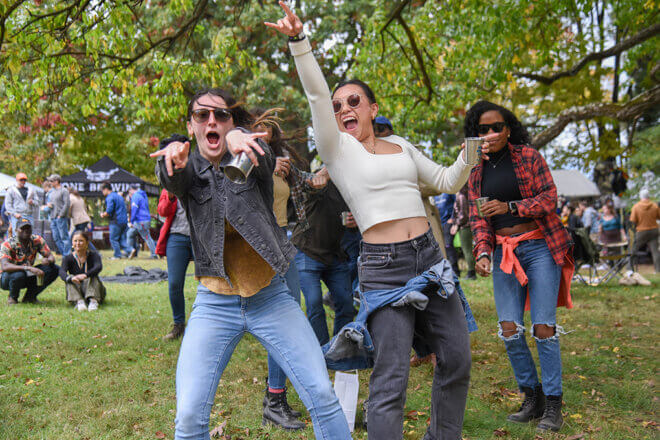
Share this article